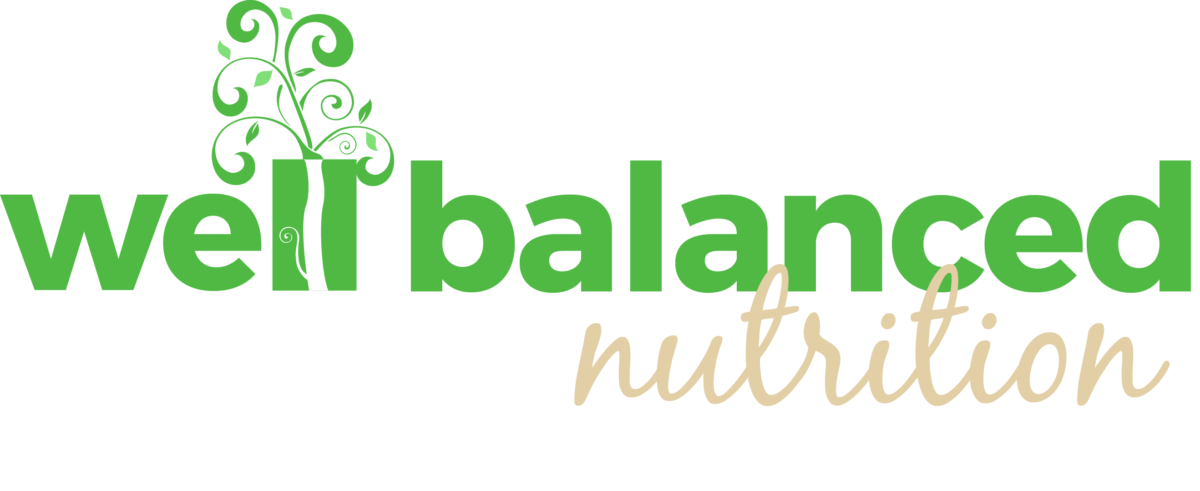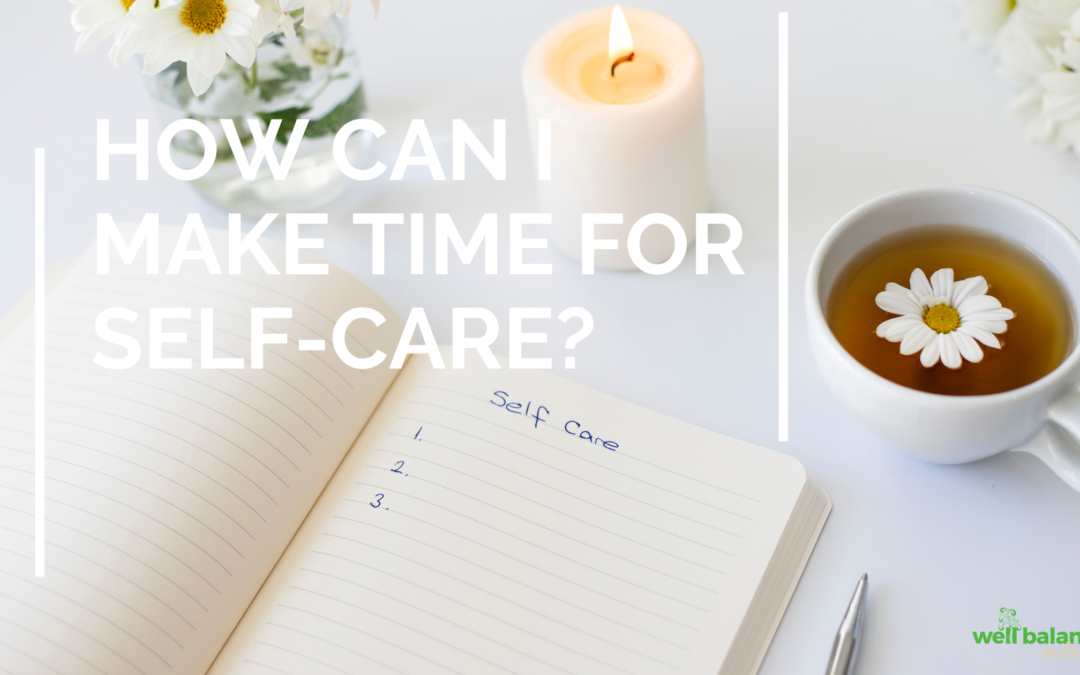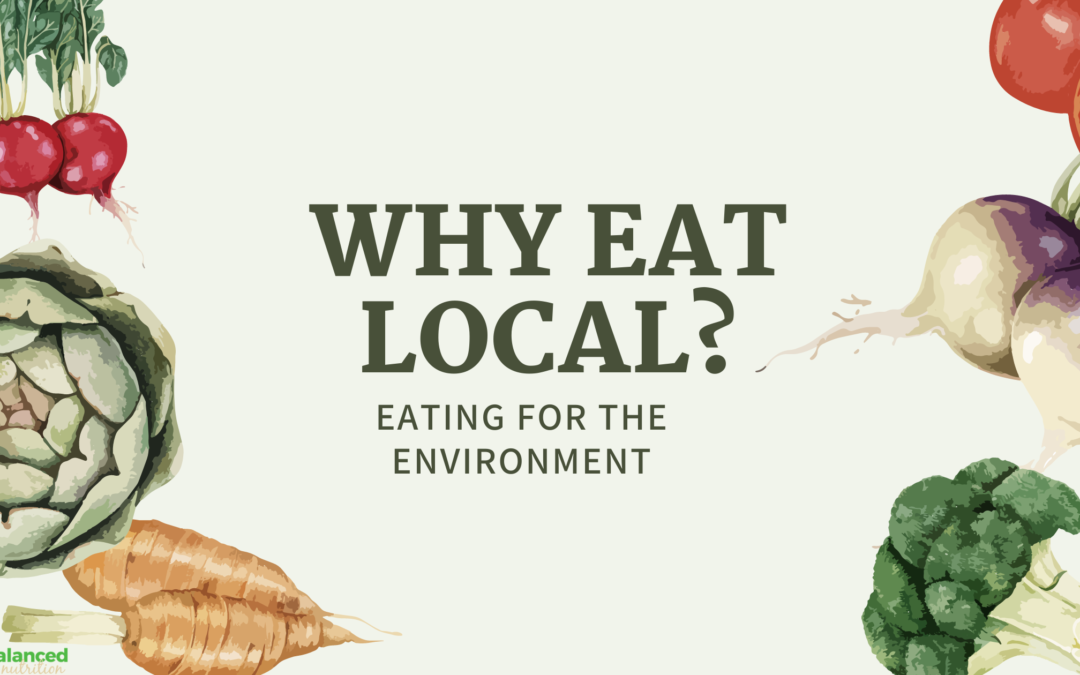In the midst of a fast paced society, there is no shortage of distractions. From the time we wake up to the moment we fall asleep, we experience the urge to check our phones, answer an email, check in with the news headlines for the day, and all the notifications and happenings in between.
With never ending to-do lists and an abundance of interruptions, it is easy to operate on autopilot, bouncing from one task to the next. But what if the key to fulfillment, productivity, and overall happiness isn’t multitasking, but rather the act of slowing down and appreciating what is happening right in front of us?
There is nothing more profound than anchoring yourself to the present moment. This idea has made the practice of mindfulness gain popularity in recent years.
What is Mindfulness?
Mindfulness is living presently in the moment and appreciating its uniqueness, knowing we will never live that moment or experience again. When we are mindful our senses are heightened, making us more aware of the way the afternoon sun feels on our skin, the sound of a summer breeze rustling the leaves of a nearby tree, or the smell of a favorite meal as it travels through the house.
Whenever we practice mindfulness, we bring a sense of awareness to what we are doing directly through our senses. However, we can also practice mindfulness by bringing attention to our state of mind via our thoughts, feelings, and perceptions. As Jon Kabat Zinn, founder of Mindfulness-Based Stress Reduction, said “Mindfulness is awareness that arises through paying attention, on purpose, in the present moment, non-judgmentally.” And when we do so, we may be restructuring our brains through training this sense of greater awareness.
The Basics of Developing a Mindfulness Routine
Mindfulness is a personal practice and can be utilized at any moment. It offers a buffer between external experiences and internal reactions. The best part is that mindfulness is free of cost and you can begin practicing wherever, whenever. Here is how:
- Set aside time (everyday). Choose a time and place where you feel comfortable and won’t be interrupted. Try and do this as consistently as possible, because the more you practice the stronger the mindfulness muscle will become. The good news is that you can do this multiple times a day as a comfortability is created.
- Become an observer. The purpose of being mindful is to observe what is happening in that exact moment, without trying to judge or change anything. The goal is not to achieve nirvana, but to be more aware of what is happening via your senses or thoughts/feelings depending on the scenario.
- Remember your thoughts are like clouds. An easy way to avoid distracting ourselves with our own judgments and perceptions, is to think of them as clouds in the sky. We cannot stop a cloud from passing through, but we can instead just watch without engaging with it.
- Return to the observer mindset. When the mind starts taking over and you catch yourself thinking about what’s for dinner or the project that isn’t going well, remember to return to the observer’s mind. Instead of thinking too much about anything, observe what is happening, what you can feel/see/hear/smell/taste, and what emotions arise.
- Give yourself grace. Remember to be free of judgment and criticism, especially when it comes to yourself. A wandering mind is to be expected, so instead of beating yourself up, gently guide yourself to the present and begin again.
- Practice in different ways. The more familiar you become with mindfulness, the more you can diversify when and where you practice. It is best to start small and simple, perhaps while sitting outside in a quiet place or somewhere you are alone and at ease. But as this muscle grows, try and do it in a new location or setting. The more mindful we can be in different situations and places, the more present we become in our daily lives.
More on Mindfulness
Mindfulness is not a destination, but a journey. Just like strengthening any skill, practice and consistency are important. But, there is nothing more profound than anchoring yourself to the present moment.
Although it is a simple exercise, our thoughts and judgments can sometimes make it feel complicated or difficult. Luckily, there are many experts and resources out there to help. Below is a list of Coach Bella’s favorite mindfulness tools:
- If you like the sciency side of things, check out episode #533 of the Rich Roll Podcast where he talks to neuroscientist Dr. Huberman on how to change your brain (It can also be found on Spotify, Apple, and other podcast streaming platforms).
- If you want to know more about mindfulness, check out this article which dives much deeper into its history, meaning, practices, and much more.
- If you want to learn more about unlocking your mind and healing through the power of thought, listen to episode #243 of ON Purpose with Jay Shetty to hear some wonderful insight from Dr. Joe Dispenza (It can also be found on Spotify, Apple, and other podcast streaming platforms).
- If you want to incorporate mindfulness into your eating, read one of our previous blogs on mindful eating.
- If you want to add a mindfulness meditation into your routine, try out the Headspace app or free mindfulness meditations from Mindful.org.
- If you want to learn more about mindfulness and nutrition, join us May 18 for our monthly webinar.
And as always, remember to enjoy the journey!



